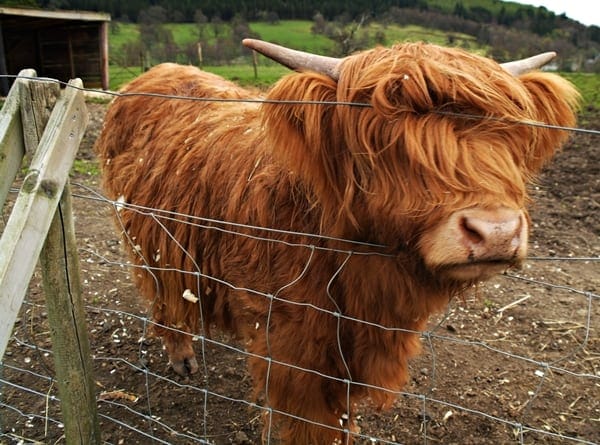

Coos use those to dig into frozen ground come winter, searching for roots when nothing can grow above ground. The thick undercoat keeps them warm, while an oily top layer helps keep them dry in our infamous wet climate.Īnother important feature that makes them well-suited to the local environment is their curved, long horns. Highland cows are unique for their double layer of hair that allows them to thrive in our sometimes harsh conditions in Scotland. Get in touch if you have special requests for your Scotland trip and let’s make your visit everything you hope it could be! If you’re keen to see Highland cows as part of a tailor-made tour of Scotland, we’d be delighted to show you the most extraordinary vistas, share with you the incredible history, and take you to the most jaw-dropping sites Scotland has to offer. So, hop in and let’s tour Scotland to see some of our favourite shaggy-haired neighbours. We’ll admit it, though: seeing Highland cows in Scotland feels like a must-do for any international visitor to our shores. We do adore our hairy coos (as we call them in Scots), but there’s something about these scruffy beasts that makes visitors just go wild! From soft toys to slippers to all variety of books, keychains, clothing, and more. You won’t find a shortage of Highland cow souvenirs to bring back home with you.

If you would like your own adorable Highland cow to take with you wherever you go, click here.Scotland’s Highland cows are as iconic as the Loch Ness Monster, Edinburgh Castle, and that wee haggis we’re so famous for eating. This in turn creates a habitat for other creatures. Highland cows also help the environment by grazing the ground and plucking at grass and plants with their tongues, instead of nibbling close to the ground.Highland cows spend eight hours of their day grazing, and can therefore eat up to 70 kilograms of grass every day – that’s the equivalent of 700 muffins!.Highland cows use their horns to forage and dig through snow in the winter time in search of food, adding to their hardy nature.Whilst a typical group of cattle are referred to as a ‘herd’, a group of Highland cows is called a ‘fold’.Calves are born with horn buds, which grow within the first few months of their life and take shape from around the time the animal turns three years old.In comparison to other breeds of cattle, Highland cows have a relatively sweet and quiet nature.To satisfy the Queen, this resulted in selective breeding of the red coloured cows. Apparently, this is credited to Queen Victoria, who is said to have preferred the red coloured cattle when on a trip to the Scottish Highlands. The oldest Highland cows had black fur, but now they come in a variety of colours, most commonly a reddish-ginger colour.It helps to protect a cow’s eyes from typical Scottish wind and rain, as well as keep flies away. ‘Dossan’ is the correct name for the Highland cow’s fringe.The long, fluffy coat of a Highland cow isn’t just to add to their cuteness factor – it serves to protect them against harsh weather, acting as a natural insulator.Highland cows have a long history, they are the oldest registered breed of cattle and date back to the 6 th century.These iconic beasts have inspired a number of our sterling silver jewellery items, from earrings to necklaces, and charms too.īut how much do you really know about this majestic breed? Read on to learn about some interesting Highland cow facts. Highland cows are the gentle giants of Scotland, typically recognised by long horns and long red, furry coats.


 0 kommentar(er)
0 kommentar(er)
